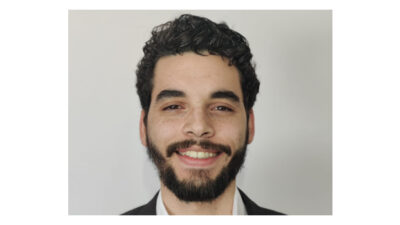University of Wisconsin-Madison researchers have built a coating designed to break the relationship between temperature and thermal radiation, which could have an impact on infrared cameras used for vision applications.

An ultrathin coating developed by University of Wisconsin-Madison engineers upends a ubiquitous physics phenomenon of materials related to thermal radiation: The hotter an object gets, the brighter it glows.
The new coating—engineered from samarium nickel oxide, a unique tunable material—employs a bit of temperature trickery. “This is the first time temperature and thermal light emission have been decoupled in a solid object. We built a coating that ‘breaks’ the relationship between temperature and thermal radiation in a very particular way,” said Mikhail Kats, an associate professor of electrical and computer engineering at UW-Madison. “Essentially, there is a temperature range within which the power of the thermal radiation emitted by our coating stays the same.”
Infrared images that show how temperature differences in conventional materials (top three rows) are hidden by the special coatings in this work (bottom two rows). Courtesy of Patrick Roney, Alireza Shahsafi and Mikhail Kats, University of Wisconsin-Madison[/caption]
Purdue University collaborator Shriram Ramanathan’s group synthesized the samarium nickel oxide and performed detailed materials characterization. Colleagues at MIT and at Brookhaven National Laboratory used synchrotron analysis to study the coating’s atomic-level behavior.
Shahsafi and Patrick Roney led the experimental work, which also led Kats’ postdoctoral researcher Yuzhe Xiao to author additional papers describing their very precise measurement techniques. Several other students in Kats’ group characterized the coating through microscopy and other methods. Kats said this long list of contributors reflects his collaborative and inclusive approach to not only advancing technology, but to developing future scientific leaders.
– Edited by Chris Vavra, associate editor, Control Engineering, CFE Media and Technology, [email protected].



